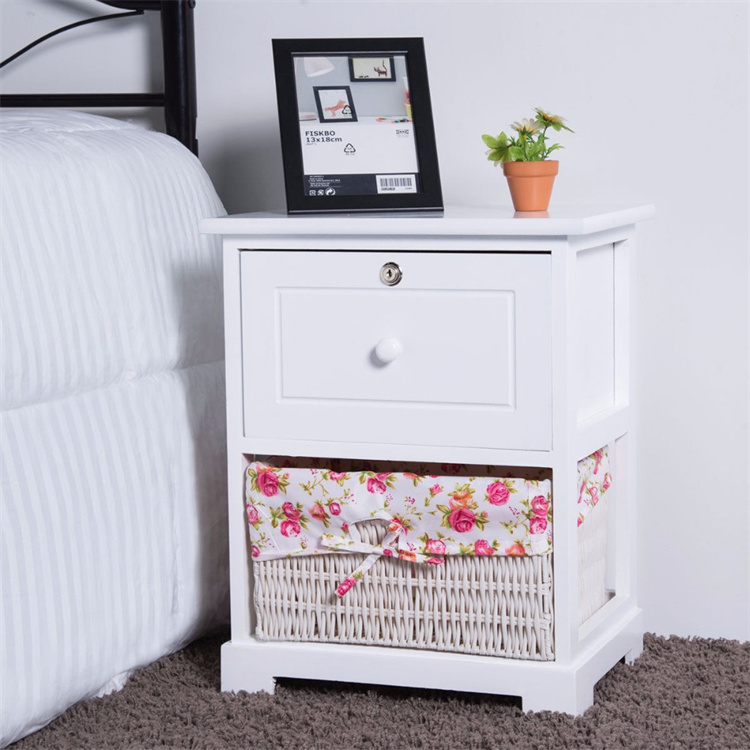When self-braking fails, when a climber falls without protection from self-braking, or when a member of a rope-lined team falls into a gap during a glacier trip, the climber must perform self-rescue. Self-rescue is a climb without ropes. The only opportunity to stop the decline. Therefore, it is also the first important snow climbing technique that must be learned. The lives of climbers and teammates depend largely on his self-help skills.
Practice exercises on increasingly steeper and harder snow (with safe areas) to determine the limits of each person.
1. One hand grabs the head of the hail, the thumb is on the appendix, and the other fingers are self-rescuing and grasping on the front; the other hand holds the position above the tip of the hail handle. Both hands are clenched.
2. Nie Feng pushed into the hillside above the shoulders, and the hail handle diagonally crossed the front of the chest and gripped against the other hip. The hail handle is held in the same position for a short time, although the hail handle cannot reach the other hip.
3. The chest and shoulders pressed against the shank, and the spine bowed slightly away from the snow. Back bowing is critical: it puts the climber's weight on the front and toe (or knee), that is, at the points in the snow where control is achieved. The best way to form a bow is to concentrate on the handle. At the end of the handle, the shorter handle is more difficult. This tension creates an arch and moves the weight toward the shoulder on the front. Note: Those who do not want to get their chest and face into the snow may cause the back to bow too high.
4. Straighten your legs and separate them. The toes break into the snow (if you wear spikes, remove your toes from the snow until they are almost stopped).
5. Hold a hail tightly. Holding the hailstone head tightly will cause the front to lick the shoulders and neck. The other hand must be close to the end of the handle to prevent the shaft from turning into the thigh, causing serious injury.
A good self-rescuing posture may be very beautiful, but in practice, immediate implementation is extremely critical. It may only be a lame but quick control to stop the slide. Excessive attention to graceful gestures can lead to sluggish movements, which increases the slippage to a perfect posture that cannot be stopped. The key is to pierce the front as hard and fast as possible.
Bedside Table
A Nightstand, alternatively night table or bedside table, is a small table or cabinet designed to stand beside a bed or elsewhere in a bedroom. It serves the role of a Coffee Table during nighttime hours, at a person's bedside. Before indoor flushing toilets became commonplace, the main function of a nightstand was to contain a chamber pot.

As a result, early nightstands were often small cabinets, sometimes fitted with a drawer, and usually containing an enclosed storage space below covered by one or more doors. Another term sometimes given to such cabinets was commode. Traditional nightstand showing space for a chamber pot Modern nightstands are usually small bedside tables, often with a drawer.
They are often used to support items that might be useful during the night, such as a lamp, alarm clock, mobile phone, desktop intercom, reading matter, a glass of water, medication, or condoms. French, Italian and Spanish antique nightstands usually have one drawer and an enclosed storage space with one door. They can be embellished with gold leaf finish, bronze or parquetry inlaid.
Wooden Bedside Table,Solid Wood Bedside Table,Bedroom Bedside Table,Bedside Table With Drawer,Modern Bedside Table,Nightstand Bedside Table,End Table,Side Table,Bedside Shelf
Jinan Tri-Tiger Technology Development Co., Ltd , https://www.tritigercn.com
